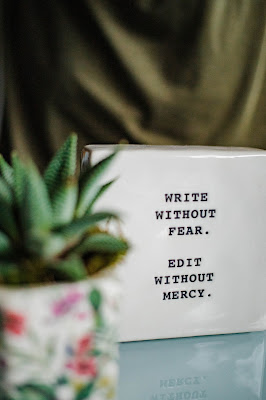I've had a fairly mixed experience of the Medium platform since I signed up for it in 2018. I had it recommended to me by a friend of mine who knew I wanted to monetise my writing. She'd tried it and found it useful, though she did warn me that I probably wouldn't earn very much money from it. Given that I was trying to get more freelance journalism work at the time, it seemed worth a go.
On the whole, I would say that the process of actually using Medium has been a positive one: It's an easy to use interface, very intuitive, with a nice clean design. It looks good when included in portfolios and some of the pieces I've published on the platform have, I know, directly led to paid work commissions. So it was definitely worth doing.
On the downside, I haven't made very much money from it's Partner Programme and I realised quite quickly that this is because the kind of pieces I want to write are, on the whole, not the kind of pieces Medium members especially want to read. The majority of people who read my stories on Medium, in fact, tend to come from referrals from (My, Other People's) Twitter and (Other People's) Facebook posts, meaning I can get respectable views and OK ish read figures, but I don't earn much income from them.
On Wednesday, Medium sent an email out - as they often do - detailing improvements and changes that they are making to the platform in the coming weeks and months. One of the changes they announced was a gradual phase in of changes to the Medium Partner Programme, which previously hadn't had an eligibility criteria (unless you count the steps and checks you need to go through in order to set up digital payments) but which will now require those applying to have 1) Published at least one story on Medium previously 2) Have at least 100 followers on Medium 3) Post at least one post every six months.
Now, personally, I think rules 1 and 3 are fair enough, and you can make a case for 2 as well, given that Medium is essentially a longform version of social media.
Still, 2 presents a crucial barrier to me: I only have 27 followers on Medium.
Which is really my own fault for not interacting and engaging with people on the platform very much. Oh, and the aforementioned problem of not writing the kind of stories Medium members want to read - that obviously hasn't helped either.
You can use Medium and not be part of the Partner Programme so, knowing that I basically had until the 31st December to gain (and keep) 73 extra followers or else be booted off the programme, I decided it would be better all round if I just reverted to the basic, non monetised form of membership.
When you join the Partner Programme, you have the option of monetising your stories, but to do so you have to put your stories behind a paywall. This obviously limits the access that readers who aren't members of Medium have to your stories. You can mitigate those limits, to an extent, by posting your stories to social media, newsletters etc using your friend link, which allows those who click on it to bypass the paywall, but it does still potentially mean that there will be people clicking on the story outside of Medium who won't be able to read it. For a lot of authors, this trade off will be a price worth paying but, because most of my readers aren't members of Medium, it has been a bit of an arse in my case.
Now that I've left the Partner Programme, all of my stories have been released back into the wild again. That is, they are no longer behind the paywall and anyone with an internet connection is now able to view them in their entirety. Similarly, any future stories I publish on Medium will also not be behind the paywall and anyone will be able to view them.
This is good news for those of you reading this who may have been prevented from reading some of my stories before and, as such, I intend to post the links to each of my 11 stories (so far) from Medium over the coming days and weeks, with a little bit of info on how I came to write each one.
I hope you enjoy them.
Photo by hannah grace on Unsplash






